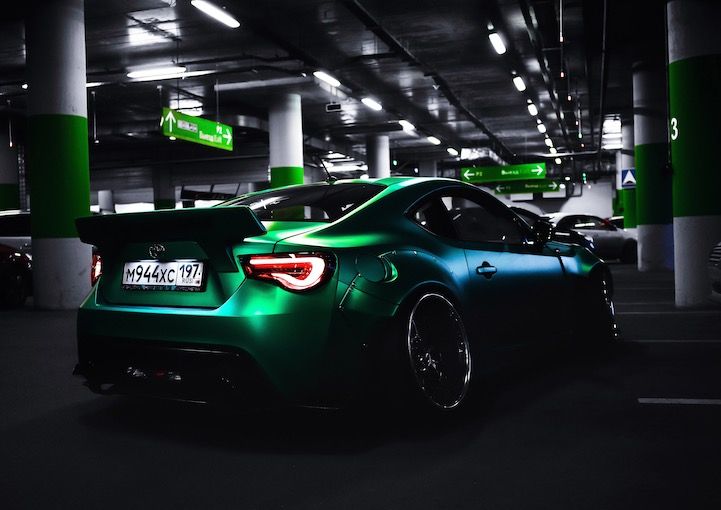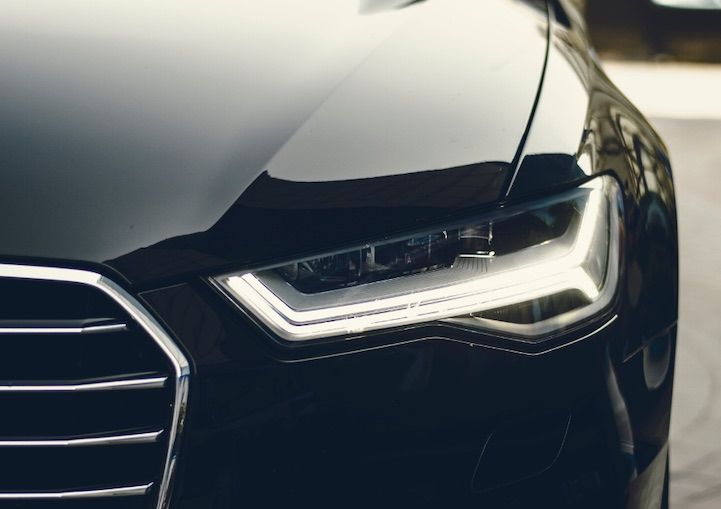INSTANT ON NOW AVAILABLE - Experience Time to first frame as quick as 2 SECONDS
Millennials and Gen Z Demand a Revved-up Car-Buying Experience

These days, Millennial and Generation Z consumers aren't as likely to buy a car as older generations. Research by The Economist Group found that many Millennials say they aren't in a position to purchase a car right now — whether that's because they're more likely to live in big cities where driving doesn't make as much sense to them or because they're facing mounds of student loan debt that can make it difficult to justify the purchase.
But the research also found that just because these buyers are less likely to buy, that doesn't mean they're not interested. Just over half of Millennials think it's "very important" that they own a car in the future.
This is why it's important for brands to communicate to these buyers how a car might fit into their lifestyle now and be worth the investment — and communicate that in a way that resonates with them.
Reaching digital-native car buyers
Armed with unlimited information at their fingertips, Millennial and Gen Z consumers can step onto the car lot ready to negotiate. Buyers can figure out what they want and how much they're willing to pay before they even arrive at a dealership. And that's how just about everyone is handling car buying today, as 86% of car shoppers start their buying journey online, according to Adtaxi.
Read Next: The future of car buying lies in photo-real 3D configurators
But catching and keeping the attention of new generations of buyers means that the experience has to be exceptional. Gen Z (7- to 22-year-olds) will make up 40% of all consumers as early as 2020. To create an immersive, memorable shopping experience that appeals to digital natives — Millennials and Gen Z — make sure it checks these four critical boxes:
1. Convenience
Millennial and Gen Z consumers are interested in convenience. That's why 45% of them opt to use ride-sharing services like Uber and Lyft. If you're going to compete with the convenience of ride-sharing, you have to make the car-buying experience just as convenient and more engaging.
In their pursuit of convenience, these buyers are looking for more opportunities to engage with brands and purchase online. In fact, more and more consumers want to buy directly from luxury brands' e-commerce sites. By 2025, the online channel will make up a quarter of all luxury sales, and "digital" will facilitate over half of all purchases.
If you want to succeed in this digital world, you have to make the car-buying process interactive, engaging, and informative by providing answers to buyers' questions in accessible, compelling ways online.
2. Personalization
Baby Boomers might have been happy with assembly-line, one-size-fits-all goods, but their adult offspring crave personalization — and 44% of them are willing to fork over their data so you can provide it. And if you don’t provide that personalization, you’ll lose shoppers — they stop visiting brands' websites if these web experiences don't anticipate their wants, likes, and needs.
Auto manufacturers have to guide online shoppers through all the key steps of customizing their dream car with all their preferred amenities — this is the best way to get and hold their attention.
Give users the option to go deeper than a photo gallery, video or even a basic car configurator would allow by letting them pop the hood and hear the engine roar.
3. Immersion
Most experiences stop at customization, but the best ones are both interactive and immersive. While virtual and augmented reality allow brands to offer digital showrooms and the car-buying experience more immersive in 3D, that approach comes with its challenges. Consumers want a customizable experience that doesn't require the use of special hardware, apps, or devices. That's where the latest cloud-streaming capabilities come in.
To provide a truly immersive experience, brands should start with photo-realistic 3D configurators — and then take it to the next level.
More than 2.4 billion people will play mobile games in 2019. As consumers are living in an increasingly digital, immersive world, they expect their buying experiences to evolve to become more interactive and game-like in how they can create new worlds for themselves in a fully immersive, digital landscape.
To meet these consumers where they are, utilize a gaming engine like Unity or Epic Games' Unreal Engine to turn customizing the vehicle into a game in which users can create a digital version of their dream car, much like they would in games like "Need for Speed" and "Forza." Put them in the virtual driver's seat and give them the ability to live-stream the experience for their friends and family to see. Let them play their favorite tracks on the stereo and feel the acceleration as they cruise the countryside on their way to their favorite weekend escape.
If you can provide Millennials and Gen Z with an authentic, immersive brand experience that allows them to visualize the car in their lives, they’ll become your most enthusiastic ambassadors.
4. Accessibility
If users need an expensive or cumbersome device to power their digital car-buying experience, you've lost most of them from the beginning. But enabling accessibility of even the most data- and graphic-intensive 3D configurator from any mobile device allows everyone to participate, and mobile-optimized content means that shoppers can easily share the experience with their networks.
PureWeb's high-performance, interactive 3D streaming service provides users with access to interactive 3D applications without the need for downloads or installations. All of this ensures a seamless experience for users without lags or glitches.
The norms around car buying are changing, driven largely by the preferences of Millennial and Gen Z consumers. These digital natives are mobile, and they’re looking for the kinds of immersive online experiences that are worth sharing with the world. The brands that can capitalize on these trends in the automotive industry could earn a lifetime of loyalty from the next generation of car buyers.
If you'd like to learn more, book a demo to find out how PureWeb can help you extend the reach of your 3D car configurator and engage first-time car buyers with the interactive and personalized experience they crave.


